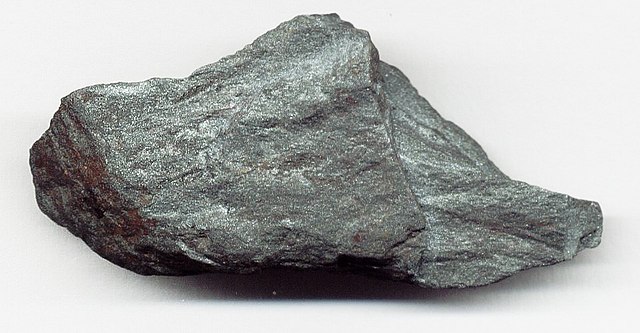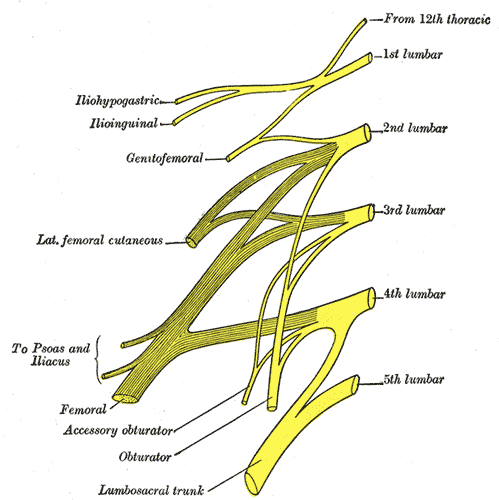We just learned how to say How are you? in ASL.
To respond, you might say "Very good thanks, and you?".
Remember we already learned the sign for good, moving the hand away from the chin.
The sign for good and thank you are almost exactly the same.
Usually the only difference might be that for "thank you" instead of moving your hand down, you move your hand out toward the other person and then down.
Or you can have your left base hand out for good, but not for thank you.
Then to say "and you", you would just do the same sign for "How are you?" that we learned.
Here is a helpful video showing these signs:
ASL Signs "How are you?" - teachmesignlanguage

(from: wikipedia - american sign language)
Italian: Molto bene, grazie.
German: Sehr gut, danke. Und Sie?
Spanish: Muy bien gracias. ¿Y tú?
French: Très bien, merci. Et vous?






